Description
Maleic Anhydride: A Versatile Building Block in Chemical Industries
Maleic anhydride (MA), a colorless or white crystalline solid with a pungent odor, is a vital intermediate in a wide range of chemical processes. Its unique reactivity stemming from the presence of both a cyclic anhydride and a double bond makes it a versatile building block for numerous industries, from polymers and coatings to pharmaceuticals and agricultural products.
Production and Properties:
Most commercially available maleic anhydride is produced through the vapor-phase oxidation of n-butane, a byproduct of oil refining. Earlier methods involved using benzene, but concerns regarding toxicity and environmental impact have led to the widespread adoption of the butane oxidation process.
MA readily undergoes a variety of reactions, including:
- Addition reactions: The double bond readily participates in addition reactions, allowing the introduction of various functional groups.
- Cycloaddition reactions: Its dienophilic nature makes it a valuable reagent in Diels-Alder reactions.
- Hydrolysis: It reacts with water to form maleic acid, a dicarboxylic acid.
- Esterification: It reacts with alcohols to form esters, crucial building blocks for various polymers.
Applications Across Industries:
The versatility of maleic anhydride translates into a diverse range of applications:
- Unsaturated Polyester Resins (UPRs): This is the largest end-use for MA, consuming approximately 50% of the global production. UPRs are used in fiber-reinforced plastics, such as boat hulls, auto parts, and construction materials. The presence of MA improves the resin’s mechanical strength, chemical resistance, and curing properties.
- Alkyd Resins: Used in surface coatings and paints, alkyd resins incorporating maleic anhydride exhibit improved adhesion, flexibility, and gloss.
- Lubricant Additives: MA derivatives are used as dispersants and viscosity modifiers in lubricating oils, enhancing their performance under extreme conditions.
- Fumaric Acid and Malic Acid: Through isomerization and hydration, maleic anhydride can be converted into fumaric acid and malic acid, respectively. These acids are widely used in the food and beverage industry as acidulants and preservatives.
- Agricultural Chemicals: Certain MA derivatives find application as plant growth regulators, herbicides, and fungicides in the agricultural sector.
- Pharmaceuticals: MA serves as an intermediate in the synthesis of various pharmaceuticals and fine chemicals.
- Tetrahydrofuran (THF): Through hydrogenation, maleic anhydride can be converted into tetrahydrofuran (THF), a versatile solvent and a precursor to polymers like polytetramethylene ether glycol (PTMEG), used in spandex fibers and polyurethane elastomers.
Health and Safety Considerations:
While widely used, maleic anhydride is a corrosive substance and a skin, eye, and respiratory irritant. Exposure can cause burns and allergic reactions. Proper handling procedures, including the use of personal protective equipment (PPE) such as gloves, eye protection, and respirators, are essential to minimize the risk of exposure.
Future Outlook:
The demand for maleic anhydride is expected to continue growing, driven by the increasing demand for UPRs in construction, transportation, and marine applications. The development of bio-based production methods, utilizing renewable feedstocks, could also offer a more sustainable alternative to traditional butane oxidation, further fueling the growth of the maleic anhydride market.
Conclusion:
Maleic anhydride is a critical chemical intermediate playing a significant role in numerous industries. Its unique reactivity and versatility make it an invaluable building block for producing a wide range of products that impact our daily lives. As the demand for these products continues to grow, maleic anhydride will remain a vital component of the global chemical landscape. However, responsible handling and the exploration of sustainable production methods are crucial to ensuring its continued use in a safe and environmentally conscious manner.

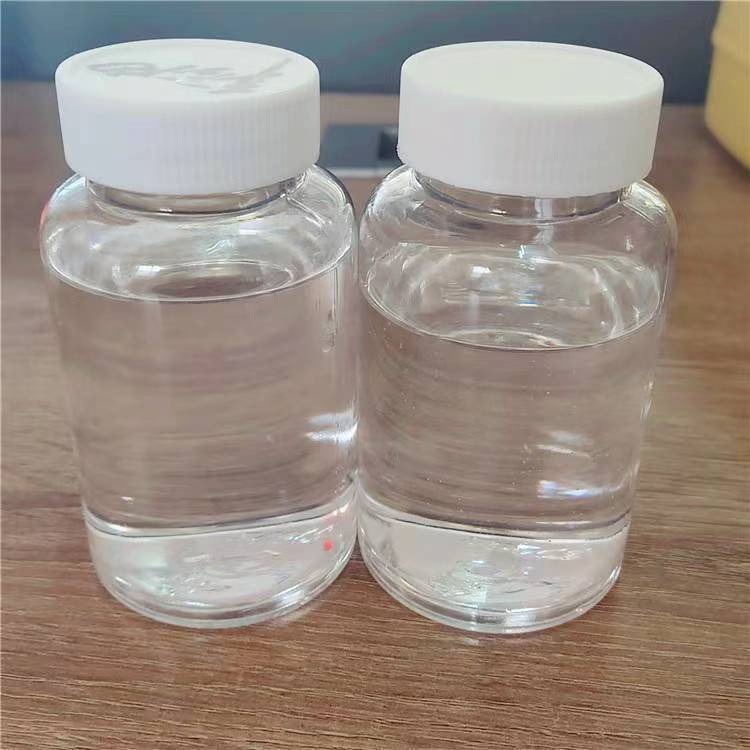
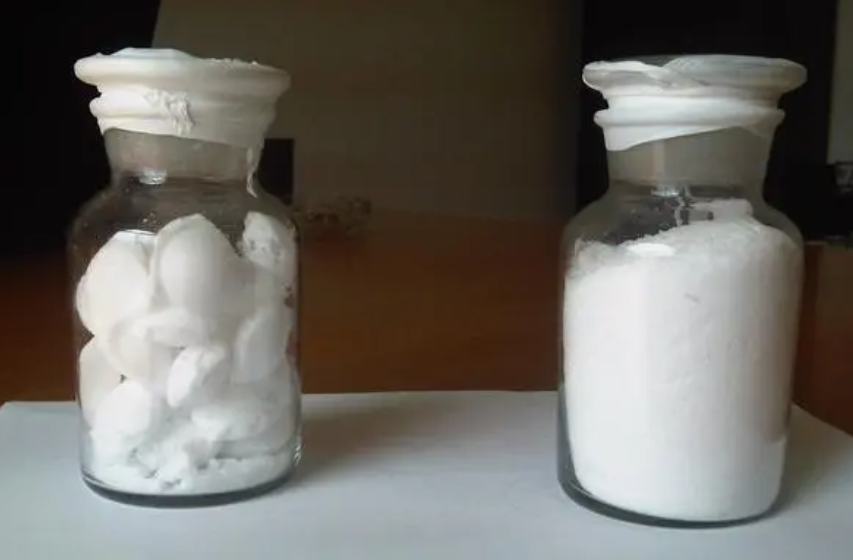
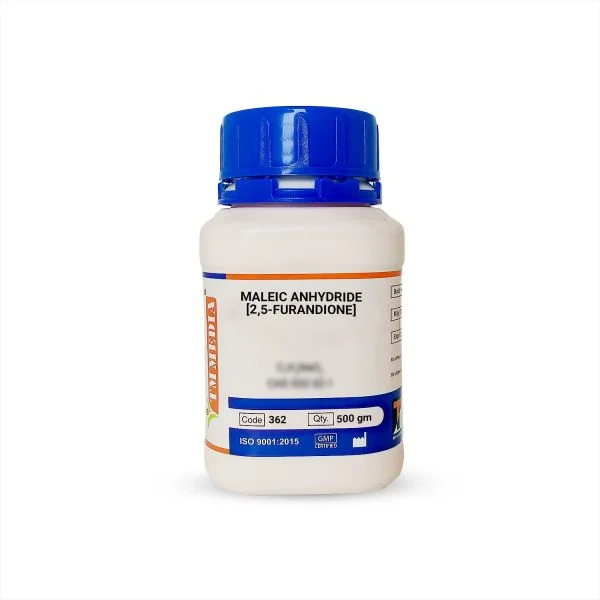

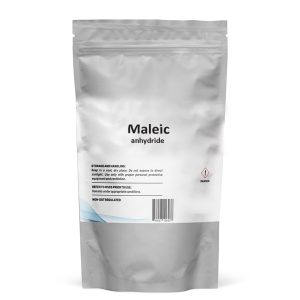





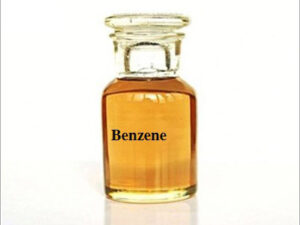

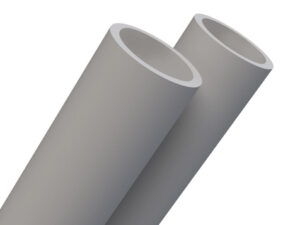
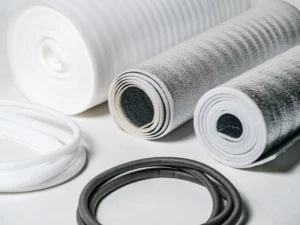
Reviews
There are no reviews yet.